Qarajeh (Karaja) Rugs
Karaja (also Romanized Qarājeh, Karadja or
Gharaja) is a rural area on the north-western
part of Heriz district, down to the Azerbaijan
Republic’s frontier. Heriz is a distinctive rug
weaving center with world reputation but
Karaja rugs don’t have much in common with
typical Herizes except in quality of raw
materials.
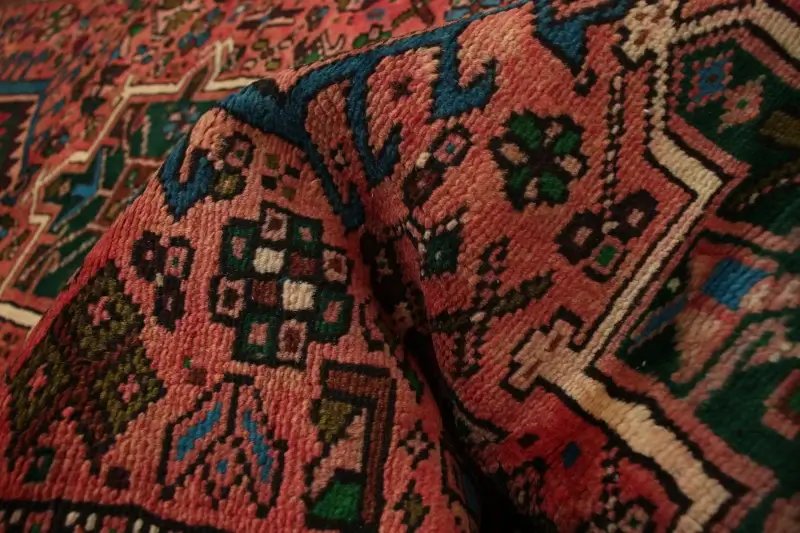
Karaja copper wool rug
Richened by Sabalan Hill’s minerals (chiefly
copper), the Talxe-Roud river waters grass
and sheep alike, making the wool coarse and
endure, which answer well to the need of
mountain folks for warm and durable rugs.
Karajas share this unique property with other
Herizes, but in other aspects these pieces have their very own style, technically and
aesthetically.
Technical aspects and the structure of Karaja Rugs
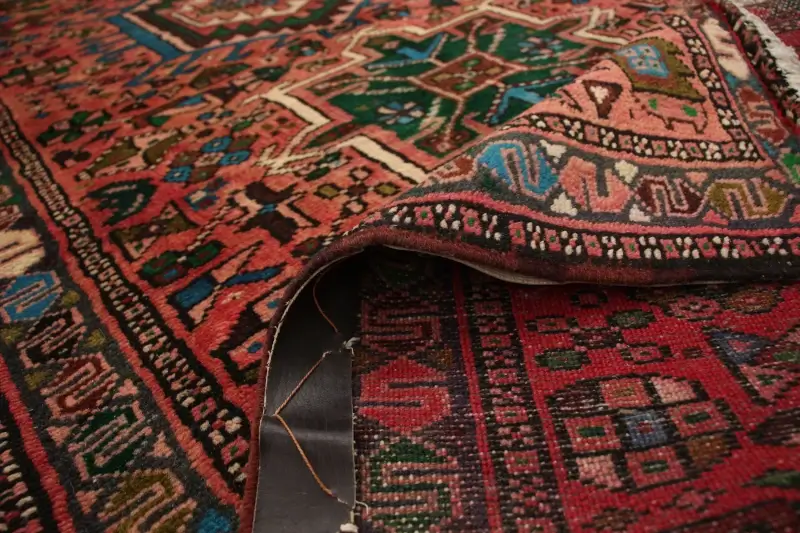
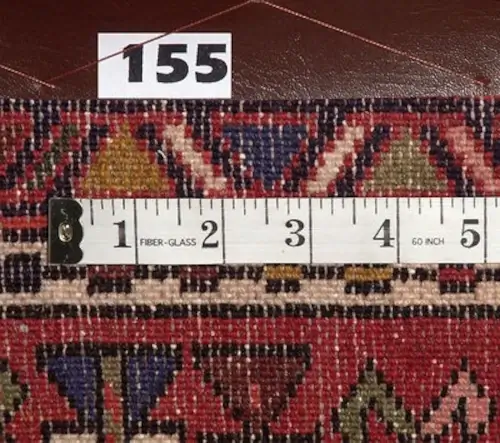
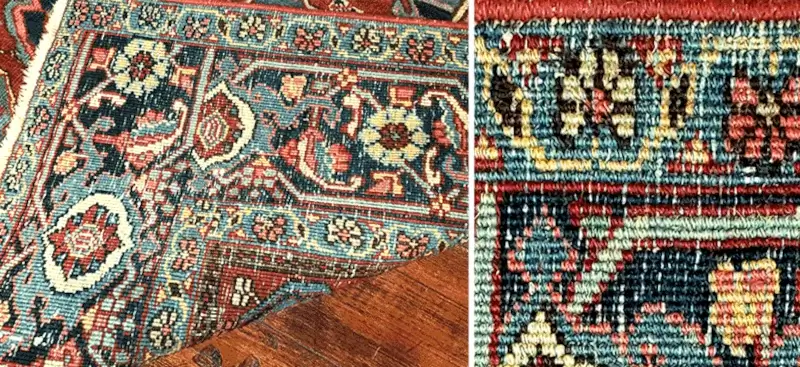
Dissimilar to their neighbors, weavers of
Karaja make single-wefted carpets. If you see
a double-wefted piece with Karaja design
that would be called Karadagh or Qaradagh
which means Black Hill in Azerbaijan
Turkish. Karaja Knots are Turkish/symmetrical, pile is
woolen and warp and weft are cotton.
Completely woolen pieces are also available.
Selvages are flat, similar to other
Azerbaijan’s pieces. Knot count reaches to
the average of 100 knots in inch. All carpet
sizes are made but long and narrow pieces are
favored.
Dyeing and painting of Karaja rugs
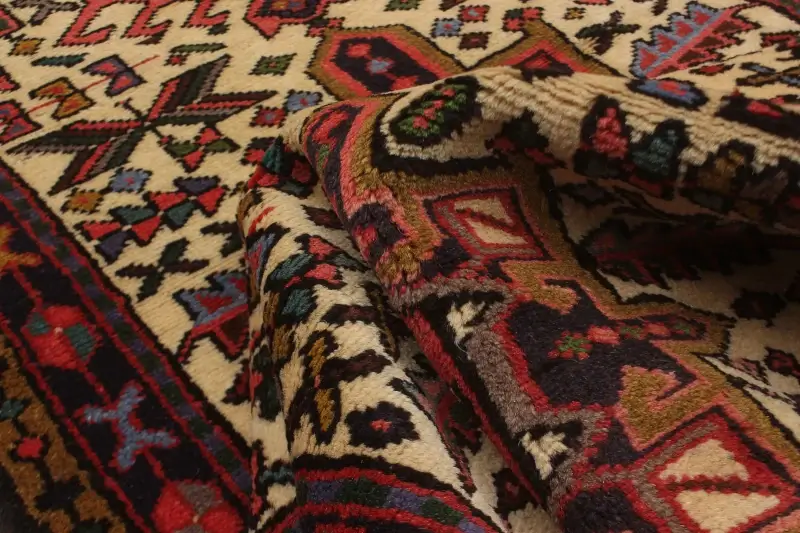
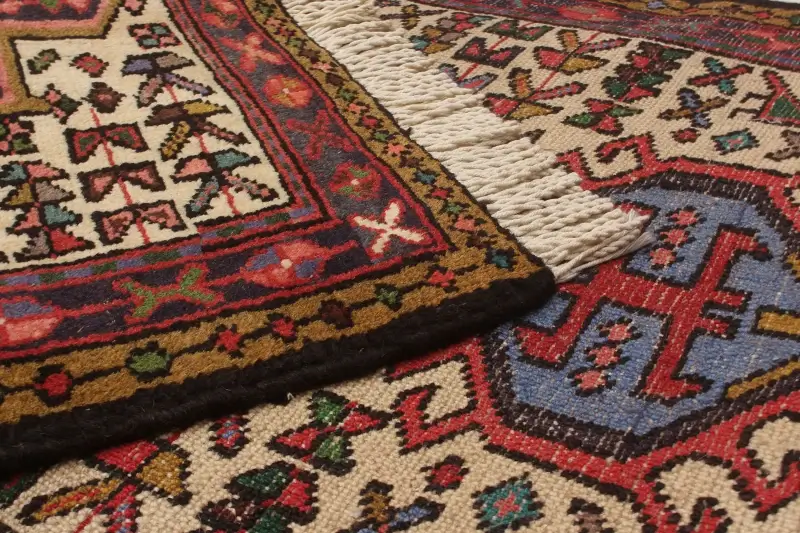
Red is the dominant color for Karaja grounds.
The Sabalan’s nature provides a special kind
of madder which brings several shades of red
on palettes. Dark blue and cream are also
used for grounds but such pieces are rare. Rose and brownish shades of red are also
used for patterns as well as light blue and
pistachio green.
Designs and patterns of the Karaja rugs
Medallions are basic motifs for central
designs. In fact they’re the hearts of such
designs. So it’s somehow strange to see them
serving as a repeating pattern in an all-over
design. This is exactly what makes Karaja
designs distinctive, not only in Heriz or
Azerbaijan, but in all over Iran.

Another typical Karaja design is a three-
medallioned one, appropriate for narrow
pieces which are very common in the region.
Karaja medallions are hexagonal and hooked.
This sort of medallions are actually well-
known as “Karaja frames”. A bigger one,
usually with a different color, is located in the
middle, and the two smaller ones hang
upward and downward.


